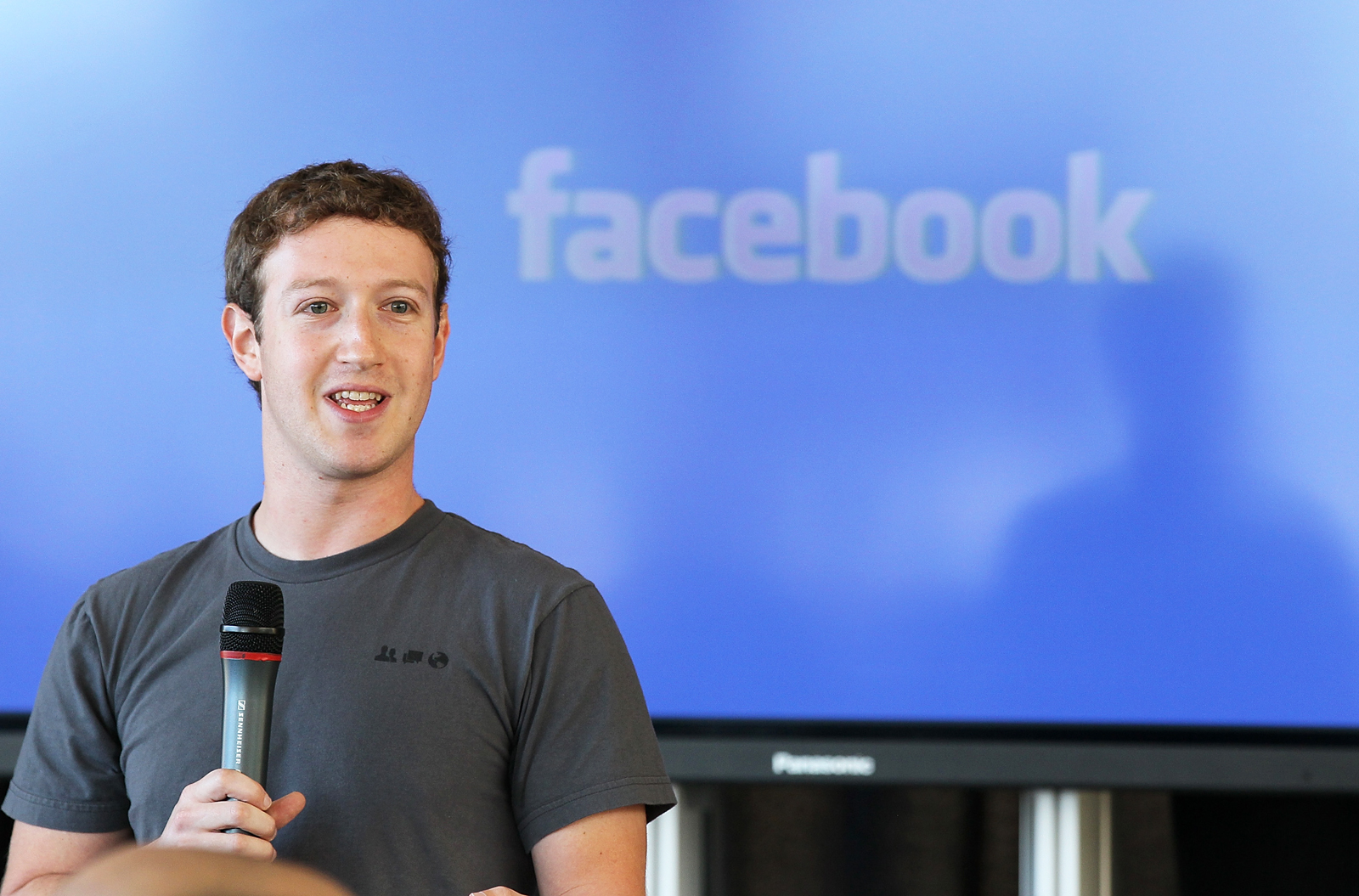
AT the INMA South Asia News Media Conference in Mumbai, AI wasn’t a buzzword or a speculative panel discussion.
It was the beating heart of transformation — shaping editorial workflows, reinventing advertising, powering personalised products, and reengineering the way South Asian news media companies operate at scale.
“In South Asia, AI isn’t theory — it’s already in production,” said LV Navaneeth, chief executive officer of The Hindu Group.
“What you will see are newsroom-tested, campaign-embedded, and workflow-altering deployments. But with this power comes responsibility — governance matters, attribution matters, human judgment matters more than ever before.”
That declaration framed the two-day conference.
Far from experimental, AI is now embedded deep into the architecture of India’s most ambitious media houses — touching every node of the value chain from newsroom to board room.
And the message was clear: This is not just a newsroom story. It’s a business reinvention story. And it’s already well underway.
From department to operating system
At many global media conferences, AI is confined to editorial labs or innovation taskforces.
In Mumbai, however, it was portrayed as something more radical: AI is becoming the invisible operating system of news organisations.
Whether it’s SEO and trend detection, creative ad generation, gamification, multimodal storytelling, or conversational commerce — AI is now being deployed across news, product, design, tech, sales, and marketing.
“In South Asia, AI isn’t an isolated innovation,” Navaneeth said.
“It’s becoming part of the very DNA of media organisations.”
This transformation is visible in the work of HT Digital, where CEO Puneet Jain described how the company has adopted a tiered AI framework — solving for productivity, scale, and entirely new product categories.
“We look at AI in three levels,” Jain explained.
“Level one is improving existing workflows. Level two is scaling what already works. Level three is imagining new experiences that couldn’t exist without AI. That’s where disproportionate gains lie.”
HT Media’s “Rank AI” tool, for instance, automates SEO workflows using an agent-based system.
It scrapes trending topics, compares performance against competitors, analyses 30+ variables, and sends Slack-based editorial nudges to newsroom teams.
The result: 25% improvements in SEO yield and more than 50% gains in traffic to targeted stories.
Governance is the bedrock
But such widespread integration demands something even more important: governance.
At The Hindu, that governance is embodied by Nagaraj Nagabhushan, vice president of data and analytics and the company’s designated “AI officer.”
A self-described “clearinghouse” for all AI experimentation, Nagaraj leads a structured, policy-driven approach that balances innovation with integrity.
“Governance on lock speed — not the other way around,” he said.
“You can experiment freely. But the moment you deploy, you must meet our compliance protocols.”
That compliance includes transparency, explainability, and a human-in-the-loop policy.
Any experiment must be declared to a manager. Any deployment must go through a business review.
“Don’t scale what you don’t understand,” Nagaraj warned.
“GenAI is not magic. It’s product.”
The Hindu has tested more than 120 AI tools but only deployed 10 — one integrated into newsroom workflows, the others supporting functions like SEO and data querying.
One standout success: a natural language-to-SQL tool used during India’s national elections, which allowed reporters to generate 40 original data-driven stories in hours.
This emphasis on slow, responsible scaling — matched with operational rigour — is fast becoming a blueprint for others in the region.
Redefining the creative process
AI isn’t just altering backend systems. It’s also upending the creative process, especially in advertising.
Rituraj Dasgupta, now in television but formerly leading branded content at ABP One, shared how his team embraced AI to overcome image licensing costs and creative production constraints.
“We stopped renewing our image subscriptions,” Dasgupta said.
“And threw the challenge to our designers — learn how to prompt, edit, and publish AI-generated visuals that still pass quality checks.”
The result? A new creative pipeline where AI-generated 3D images power school campaigns, travel ads, and cultural festival promotions.
The images are post-edited, rights-checked, and clearly marked.
“Idea now drives image — not the other way around,” he said.
“We’ve reduced costs by 75%-80%, but more importantly, we’ve increased creative control.”
He also stressed that AI didn’t eliminate designers — it re-skilled them.
“AI gave our teams new energy. It became a canvas for fresh thinking.”
Journalism in a TikTok world
If the backend is changing, so too is the front end.
As INMA’s Generative AI initaitive lead Sonali Verma pointed out, legacy content formats no longer align with how audiences consume news.
“Most of us are still publishing 800-word articles in a world where people consume TikToks,” she said.
“That has to change. It’s on us — not them.”
Her message to editors was urgent and direct: Go multimodal or go home.
AI makes this possible — and scalable.
At HT Media, every article now spawns five alternative formats by default: a visual card, a short text summary, an audio clip, a slideshow-based video, and a dynamic trends carousel.
All are created without any additional newsroom effort.
“These formats weren’t feasible before AI,” Jain noted.
“Now they’re automatic — and they’re driving significantly more engagement.”
At Times of India Online, product head Rohit Garg demoed tools that dynamically crop videos, extract viral clips, and stitch short-form content for social media from long interviews: “We’ve tripled our video output without adding headcount,” he said.
Gamifying the news experience
But AI’s impact on content isn’t limited to visuals. It’s also transforming interaction.
Rohit Garg showcased how AI now powers custom games on Times of India’s platform — including topical crosswords based on the previous day’s news and new puzzle formats like “Connect” built from scratch in under a month.
“Games used to take four months to build. Now we can ideate and launch in 30 days,” Garg said.
“We’ve generated over 1 000 unique copies of a single game using AI.”
Beyond engagement, these games build habits — a powerful counter-balance to declining traffic from search and social platforms.
Personalisation at scale
As third-party traffic channels weaken, publishers are shifting focus from reach to relationship.
At Jagran New Media, chief operating officer Gaurav Arora laid out the challenge: “We built scale without loyalty. Now we must reclaim audience relationships — directly.”
AI is helping them do just that.
A unified login (Jagran SSO) powers personalised recommendations.
AI chatbots drive cross-format discovery, improving session length.
Gamified quizzes double time-on-site while giving advertisers fresh engagement formats.
AI segmentation supports micro-subscription strategies, driving higher ARPU from engaged users.
“AI is helping us shift from chasing users to understanding them,” Arora said.
Rethinking revenue models
On the monetisation side, AI is ushering in a shift from impressions to outcomes.
HT Media has built a full-funnel marketing and ad tech platform, integrating a native ad server with a first-party data layer.
AI matches user preferences with contextual ad placements, improving CTRs by 200%-300% and boosting advertiser retention.
Jain revealed that HT is now piloting conversational commerce on WhatsApp — a channel with massive reach in India.
“We already know our users. We know what they clicked, what they liked. Now we can send targeted product messages and close the loop — right inside WhatsApp.”
At Times Internet, chatbot ads are trained on brand data to become spokespersons that clarify specs, answer FAQs, and capture leads in real time — integrated directly into WhatsApp campaigns.
“This isn’t just programmatic advertising,” Garg said. “It’s programmatic conversation.”
The ethics of visibility
As AI becomes more audience-facing, transparency becomes critical.
At The Hindu, Nagaraj confirmed that while most AI outputs today remain invisible (like SEO tags or analytics), new tools will soon reach the reader.
“In those cases, we’ve built in disclosure,” he said.
“Readers must click to reveal AI-generated summaries, which are clearly labelled.”
The news industry, it seems, is inching toward standardisation of attribution — both as an ethical commitment and a way to preserve reader trust.
5 strategic shifts redefining South Asian media
What emerged INMA Mumbai was not just a flurry of tools and case studies but a blueprint for industry-wide reinvention.
Five strategic shifts are taking shape:
Governance as a strategic imperative: AI without policy is chaos. But with guardrails, it becomes scaleable, trustworthy, and safe — particularly in editorial contexts.
Revenue teams go algorithmic: Advertising is no longer about selling space — it’s about selling solutions. AI enables attribution, personalisation, and even performance-based billing.
Editorial goes multimodal: Generative tools are helping newsrooms do more with less — from text to audio to video and visual formats — making every story reach more people, in more ways.
Audience strategy shifts from scale to loyalty: South Asia’s publishers are investing in first-party data, segmentation, and product design — making users sticky, not just visible.
AI as infrastructure not add-on: AI is not a feature or a project. It’s a company-wide capability. The most progressive publishers are integrating it into workflows, culture, hiring, and leadership.
Leading, not following
Perhaps the most powerful takeaway was this: South Asia is not playing catch-up. It’s leading.
Whether it’s Amar Ujala’s AI anchor “Srishti,” Times of India’s experimental satire newsroom LemonChili.news, or ABP’s creative teams dropping stock libraries in favour of Midjourney prompts — the region is showing what AI-native media looks like.
And the tone from the top reflects that ambition.
“AI is not a side project,” INMA’s Sonali Verma said.
“It’s the operating fabric of modern media companies.”
As India’s publishers confront a collapsing search economy, eroding attention spans, and fractured monetisation models, they’re responding not with fear — but with infrastructure.
This is not about adapting to AI. It’s about architecting the future of media with AI at the centre.










